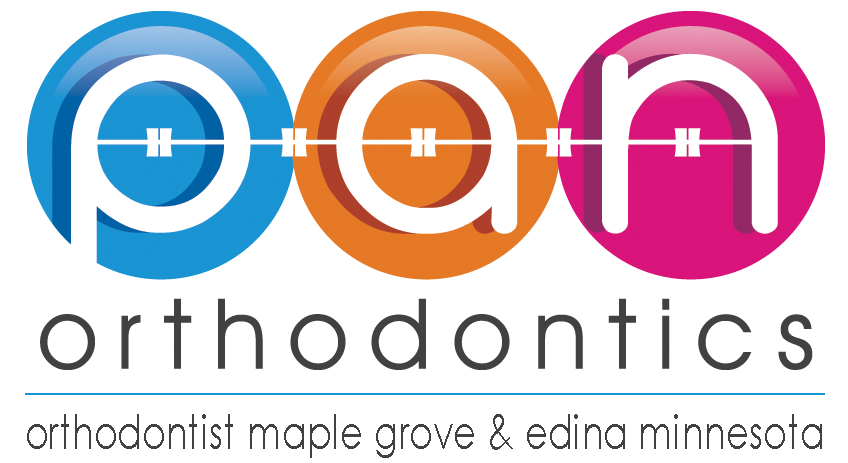Do Underbites Get Worse with Age?
If your dentist has recently mentioned that you or your loved one should consider having their underbite treated, you may have many questions. An underbite is a common dental condition where the bottom teeth are sticking out further than the upper teeth. Besides the difference in the appearance of the smile, underbites can cause a number of health problems, including pain, difficulty speaking, and trouble chewing. If you are wondering if you can wait to have the condition treated or if it gets worse with age, below is more information about how underbites can be corrected and when the correction should occur.
Common Problems Caused by Underbites
The most common causes of underbites are family genetics or childhood habits, including thumb sucking, pushing on the teeth with a tongue, or excessive pacifier use. Unfortunately, even if these childhood habits are avoided or eliminated, a patient’s underbite will not just go away and treatment will be necessary. Adults can also develop underbites due to tumors in the jaw or a facial injury. Underbites impact the appearance of the smile, as well as physical and mental health. Underbites can cause a number of health issues, including:
- Jaw pain, toothaches, and headaches
- Challenges with eating and speaking
- Excessive wear on the enamel and increased risk of tooth decay
- Low self-esteem and low confidence
When to Treat an Underbite
Underbite dental treatment is different than treatments for other dental conditions. There are many factors that must be considered that can make the underbite treatment challenging, including the present alignment of the teeth and the future growth of the jaw. It is important for patients to be educated about the unique pattern of growth to be expected, and to set realistic treatment expectations. Further, the underbite can be an issue with the upper jaw being deficient in growth, the lower jaw growing too much, or a combination of both. Whatever this irregular growth pattern is, it is important to know that this pattern will continue. As a child ages, the underbite usually becomes worse with age, particularly during the growth spurt that occurs in the early teenage years (9-14). After this growth spurt, the growth of the jaw becomes stable and stops around mid-teenage years for females and late teenage years for males. Each patient’s treatment plan for their underbite will be different and will depend on a variety of factors, including these challenging growth patterns. The earlier this treatment plan is established the better.
How to Treat an Underbite
The right underbite treatment will depend on a variety of factors including age, growth pattern, and condition severity. Some common treatments include:
- Braces, upper jaw expanders, and orthodontic treatments
- Reverse-Pull Face Mask
- Underbite Surgery
- Tooth Extraction
It is common for your dentist and an orthodontist to develop a unique treatment plan together that takes into consideration growth pattern, age, underbite severity, and other factors. Often the treatment plan will include several of the treatment approaches in combination. Underbite treatment will improve the appearance of the smile and eliminate the numerous side effects of the condition.
